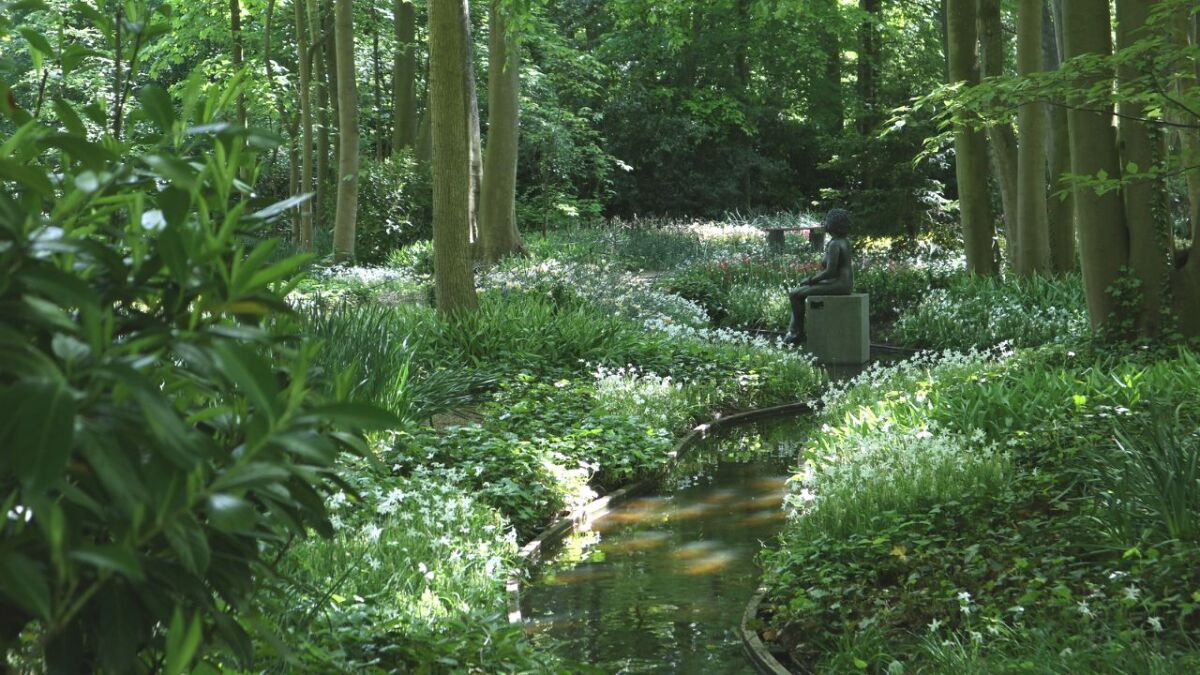
Successful gardening: The 20 best plants for the herb layer of your forest garden
👉 The key facts from this guide
- Find suitable plants for the herbaceous layer in your forest garden
- Promote biodiversity and regulate dominant wild herbs
- Discover 20 impressive plants for the herbaceous layer
- Harvest tasty and nutrient-rich salad herbs and vegetables
- Make your forest garden more beautiful and colorful
- Enjoy the satisfaction of a successful gardener
Do you remember when we last discussed gardening, and you mentioned that it's difficult to find suitable plants for the ground cover in your woodland garden?
You were concerned that the plants either don't get enough light or the conditions are simply not optimal for them to thrive.
I did some research and found out that there are actually many plants that are perfect for the ground layer of your forest garden and can grow excellently there.
You won't believe what I found!
Let me tell you about these 20 impressive plants that will bloom in the understory of your forest garden.
Not only will this make your garden more beautiful and colorful, but you can also enjoy the sense of accomplishment that we gardeners love! Ready? Let's get started!
Wild herbs for the forest garden
The herb layer in the forest garden is the most diverse layer. It is also the layer that is constantly changing and evolving from year to year.
If the forest garden is still young (here is my guide on how to create one) and the trees and shrubs are small, more light will reach the lower herbaceous layer and predominantly plants that are competitive in sunny locations will thrive.
This can even become a problem. Too quickly, a weed becomes dominant and threatens to displace the smaller plants.
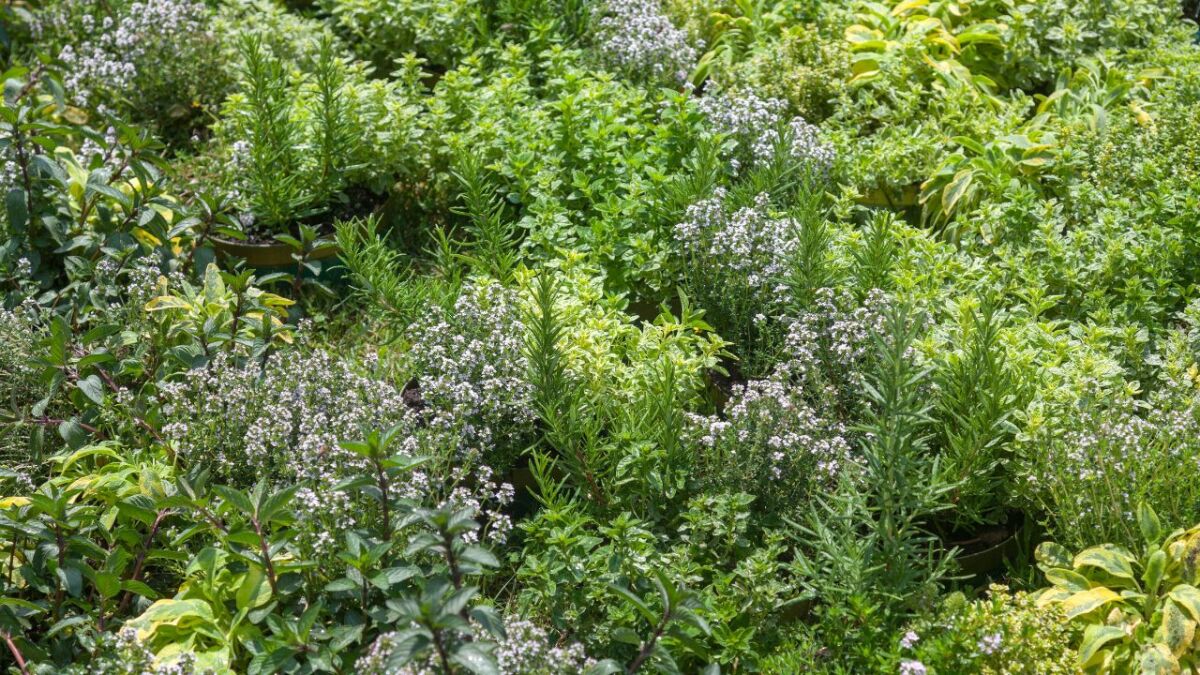
Regulatory intervention is necessary here to preserve biodiversity.
Wild herbs like nettle, chickweed, and ground elder quickly become an issue in the vegetable garden because they quickly overgrow other plants.
In the forest garden, in shady or semi-shady places, the wild herbs behave surprisingly well-behaved and provide an opportunity to harvest tasty and nutrient-rich salad herbs from the forest garden all year round.
Let's now take a closer look at these plants.
1. Dandelion (Taraxacum officinale)
The dandelion is a true all-rounder. The leaves can be eaten in salads and have a diuretic and digestive effect due to the bitter substances they contain.
From the flowers, a syrup can be made that helps with coughs, and the roots can be used to make a type of coffee.
So the dandelion is one of the plants in the forest garden that can be used all year round.
Here you can find my detailed article about the power plant dandelion.
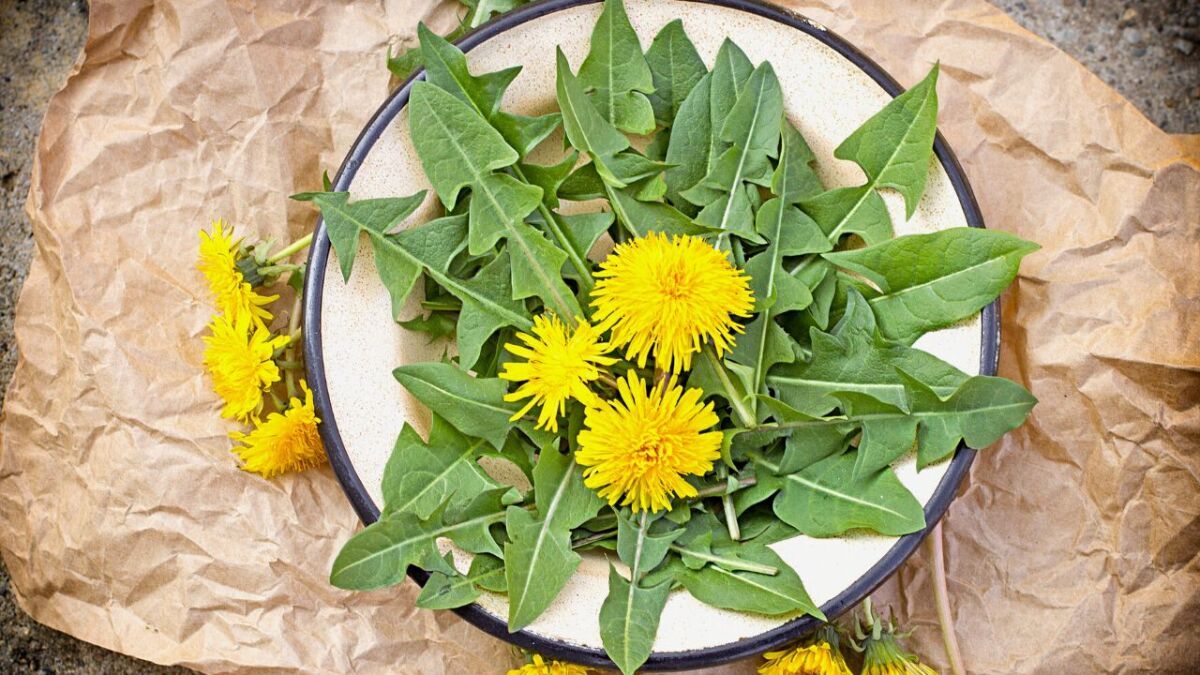
2. Nettle (Urtica sp.)
The leaves of the nettle are a healthy and flavorful substitute for spinach when they are young.
Look, here I found young nettle at the end of March:
The fruits of the female plants can be harvested in autumn as a protein- and mineral-rich superfood.
From the stems of Dead nettle plants, ecological ropes can be woven in late autumn, which can be used to tie plants. To find out how to use the ropes, read my guide on this.
Read my comprehensive guide on nettle - you will be surprised by what this plant can do.
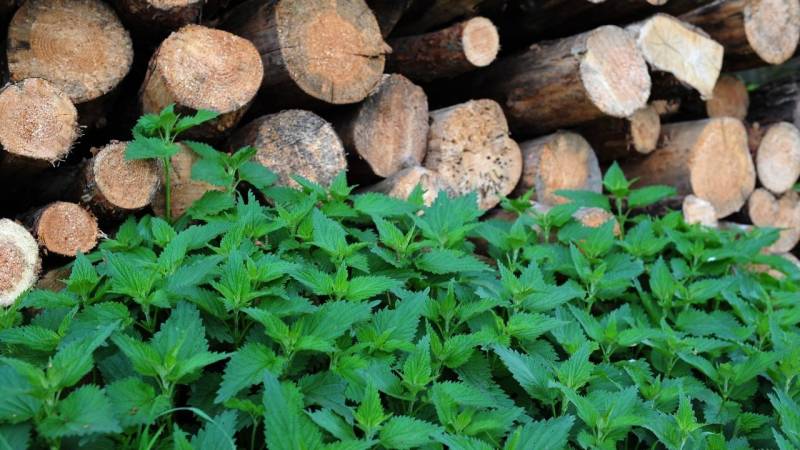
3. Ground Elder (Aegopodium podagraria)
For many, the ground elder is a horror, as it multiplies explosively mainly in sunny locations.
In the forest garden, it thrives in particularly shady places and the leaves serve as a spinach substitute all year round.
In summer, the ground elder produces white umbel flowers, which are also edible and, when combined with other herbs, make a delicious herbal lemonade.
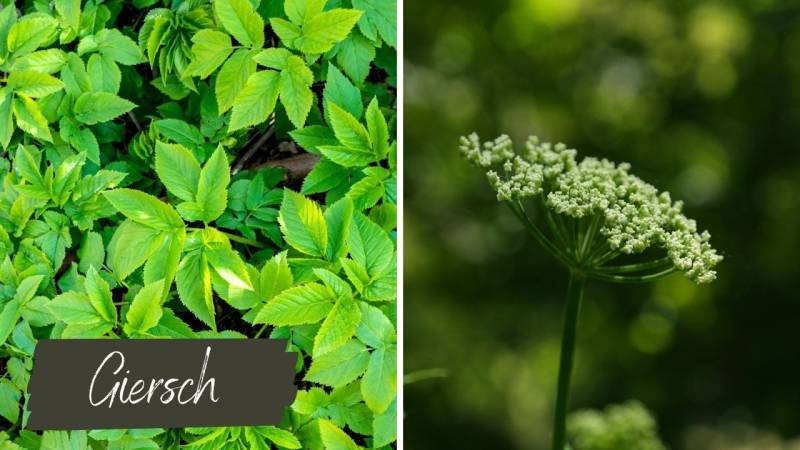
4. Chickweed (Stellaria media)
The chickweed is an annual plant that self-seeds very strongly. The delicate stems with small leaves and intricate white flowers can be added to salads and smoothies and contain three times more vitamin C and four times as much iron as lamb's lettuce.
The taste is amazingly mild and reminiscent of fresh peas and young corn.
I recommend my comprehensive guide on the chickweed, as it is a true powerhouse plant.
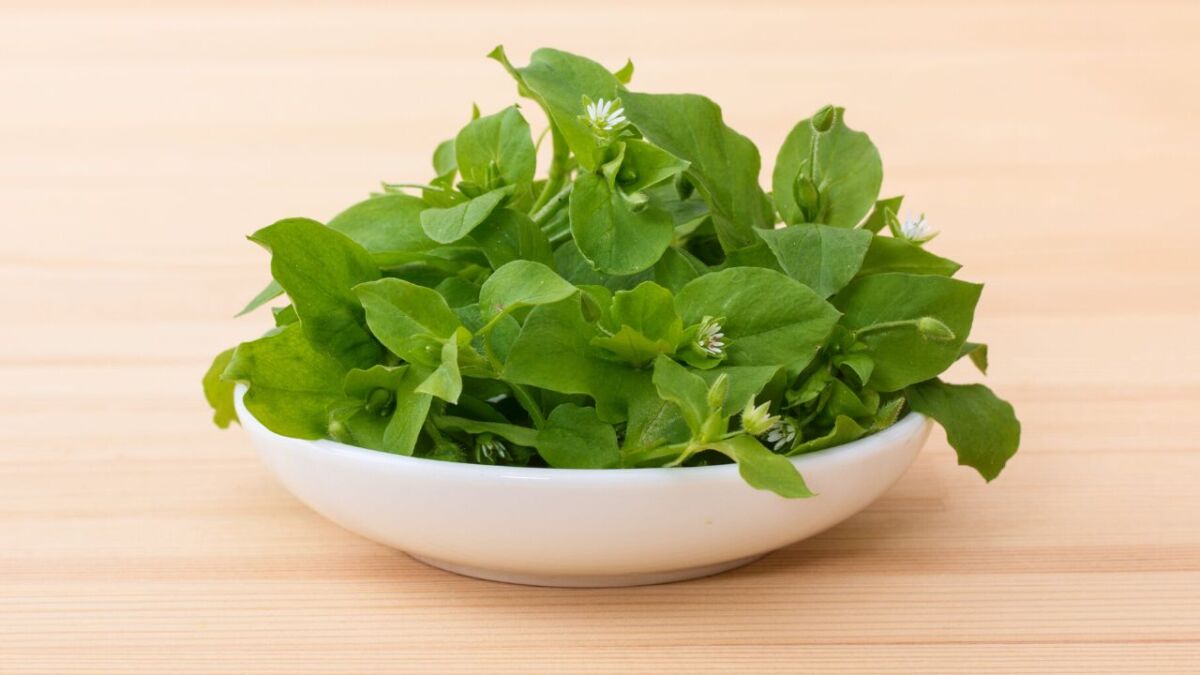
5. Ribwort Plantain (Plantago lanceolata)
No matter if it is broadleaf or narrow leaf plantain, this undemanding medicinal plant often appears spontaneously and can be used in various ways.
With the help of ribwort plantain leaves and sugar, a cough syrup can be made (here is my recipe for it), but the plant is also used in the kitchen.
Young leaves can be added to salads when finely chopped, used as a substitute for spinach, or puréed and added to soups.
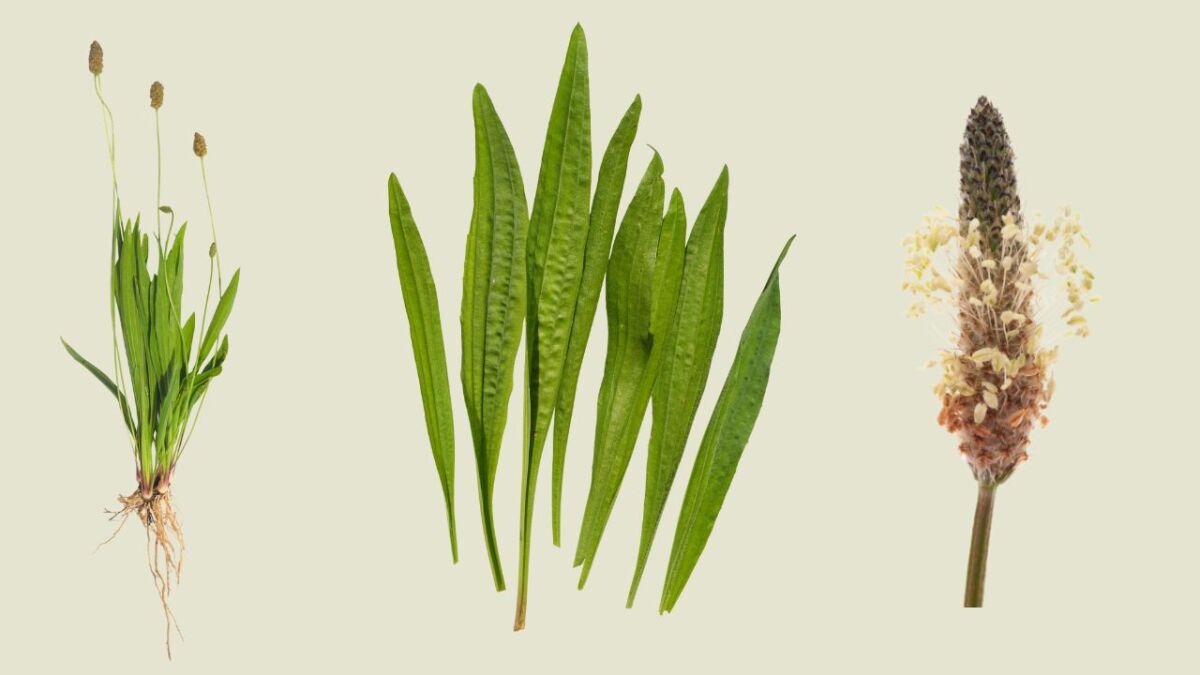
The young inflorescences have a pleasant mushroom-like aroma and are suitable for frying in a vegetable pan.
The root is harvested during the dormant period between October and April and prepared like root vegetables.
Read also
From weed to health bomb: The power of Ribwort plantain – Discover the healing power of Ribwort Plantain. In my detailed guide I share with you how you can use this plant for your health.
6. Buck's-horn Plantain (Plantago coronopus)
The ribwort plantain, unlike its relatives of plantain species, does not naturally occur in Germany, but finds its home in the Mediterranean region.
He needs at least a semi-shady location. The leaves are much finer and more delicate. Harvesting is possible all year round.
7. Small Burnet (Sanguisorba minor)
The little burnet, often called pimpinella, is an undemanding herb that is not very competitive.
At least partially shady should be the location and once established, it reliably comes back every year.
The leaves have a fine cucumber-like flavor and are a traditional ingredient in Frankfurt's green sauce.
8. Wild garlic (Allium ursinum)
The wild garlic is a bulbous plant that sprouts as early as March when the trees are still in hibernation.
The leaves are delicate and have a fine, garlic-like aroma. Wild garlic is used fresh, as a pesto, or in soups.
In late summer, the onions can be dug up and served as a delicious side dish when steamed. The wild garlic is best planted in shady areas, as it tends to spread otherwise.
Read also
Wild garlic: Identifying, Gathering, Harvesting and Utilizing - Tips and Recipes – With my wild garlic guide, you bring the forest to your plate. Learn all about identification, collecting, and preparation of the green gold piece.
9. Ground Ivy (Glechoma hederacea)
Gundermann is well known as a creeping weed with small lipped flowers. Only a few know that it is an excellent substitute for parsley.
He inhabits the edge of the forest in nature and feels comfortable in a semi-shady to shady spot in the woodland garden without too much competition pressure.
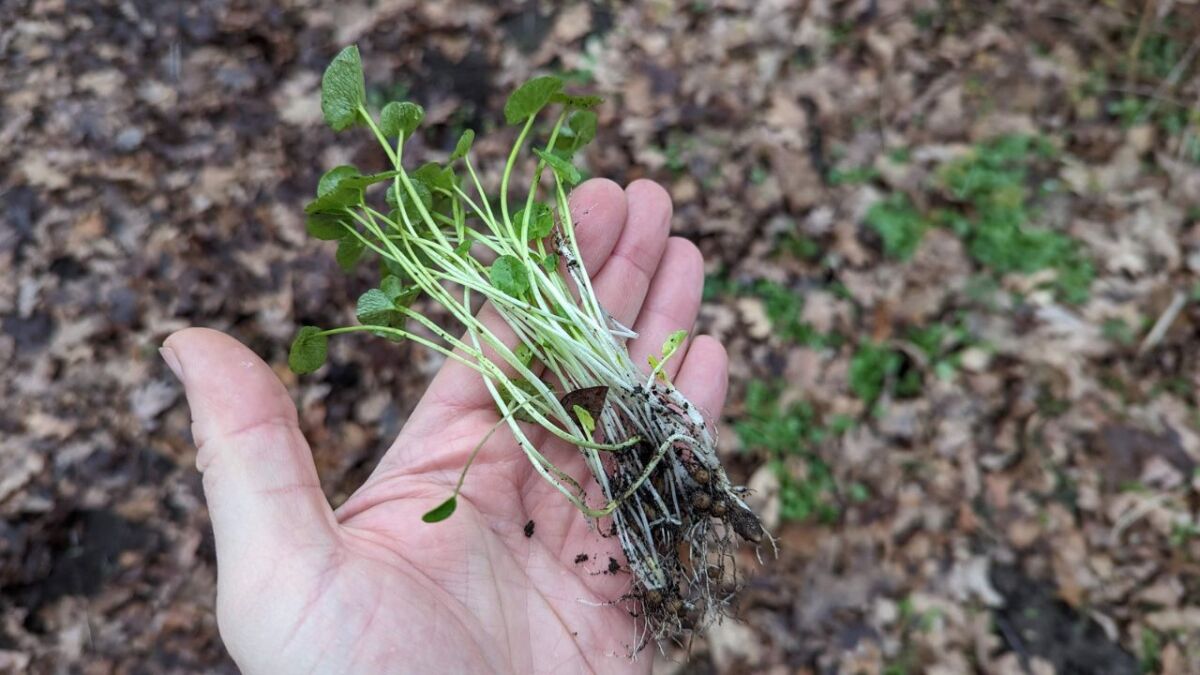
10. Vegetable Mallow (Malva verticillata)
The vegetable mallow is also known as Chinese mallow and is primarily native to Asian cuisine.
It is an undemanding plant and thrives on all fresh soils, in dryness the emergency bloom develops, and the leaves become inedible.
The one-year-old herb grows up to two meters high and the mild-tasting leaves are used raw in salads or steamed like spinach.
11. Sorrel (Rumex acetosa)
Sorrel, or the cultivated form Blood Sorrel, also thrives in the shade of trees. The finely sour taste of the leaves is a welcome addition to salads, herb dips, or can be processed into soup.
Since sorrel is so great, you can find my detailed guide to it here.
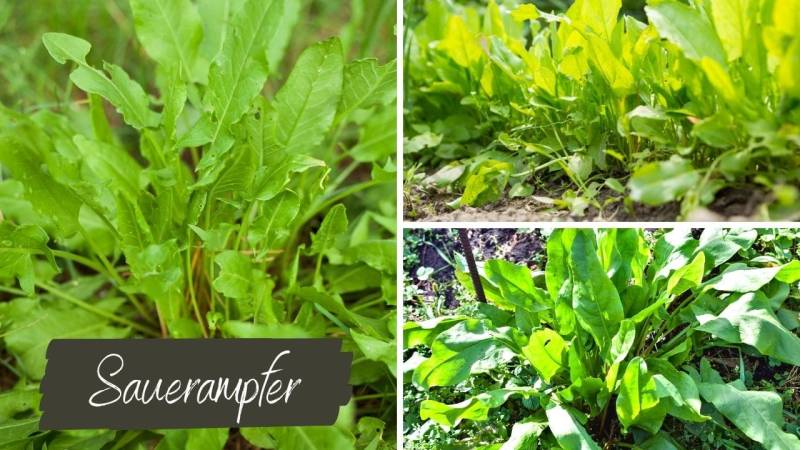
Tall perennials for the forest garden
12. Meadow Cow Parsnip (Heracleum sphondylium)
The meadow cow parsley is a tall perennial plant that belongs to the Apiaceae family. The white, large inflorescences are very decorative.
In the kitchen, the young leaves are used raw or cooked. Even young flower buds can be easily steamed and consumed. The location should be semi-shady to shady.
Attention, do not confuse with the giant hogweed. The plant is highly toxic, even minimal contact can have serious health consequences for humans and animals.
13. Day lily (Hemerocallis sp.)
Day lilies are beautiful and few people know that the colorful flowers and young shoots are used in the kitchen.
Use the day lily in an edible forest garden as an ornamental and useful plant at the same time. The plant is quite adaptable and thrives even in partial shade.
14. Spice Fennel (Foeniculum vulgare)
Spice fennel can grow up to two meters tall and is a very perennial plant that can stay in the same spot for decades once established.
The finely carved leaves are used as a culinary herb, the flowers are a perfect match for pan-fried fish, and in autumn, the mature seeds can be harvested as a spice or tea.
15. Lovage (Levisticum officinale)
Lovage, also known as Maggi herb, should not be missing in any garden.
The perennial plant is easy to care for, and its leaves are used as flavor enhancers in soups and sauces. The location should be at least semi-shady.
16. Great Burdock (Actinum lappa)
If you want to use burdock as a vegetable, then look out for the large burdock. You can either buy the seeds or collect them yourself in nature.
The leaves, flowers, seeds, and roots are edible. The thick, fleshy roots can be dug up in autumn and winter, they contain health-promoting bitter substances.
In a stew (Here are my 9 best stew recipes) with other root vegetables, burdock root tastes excellent.
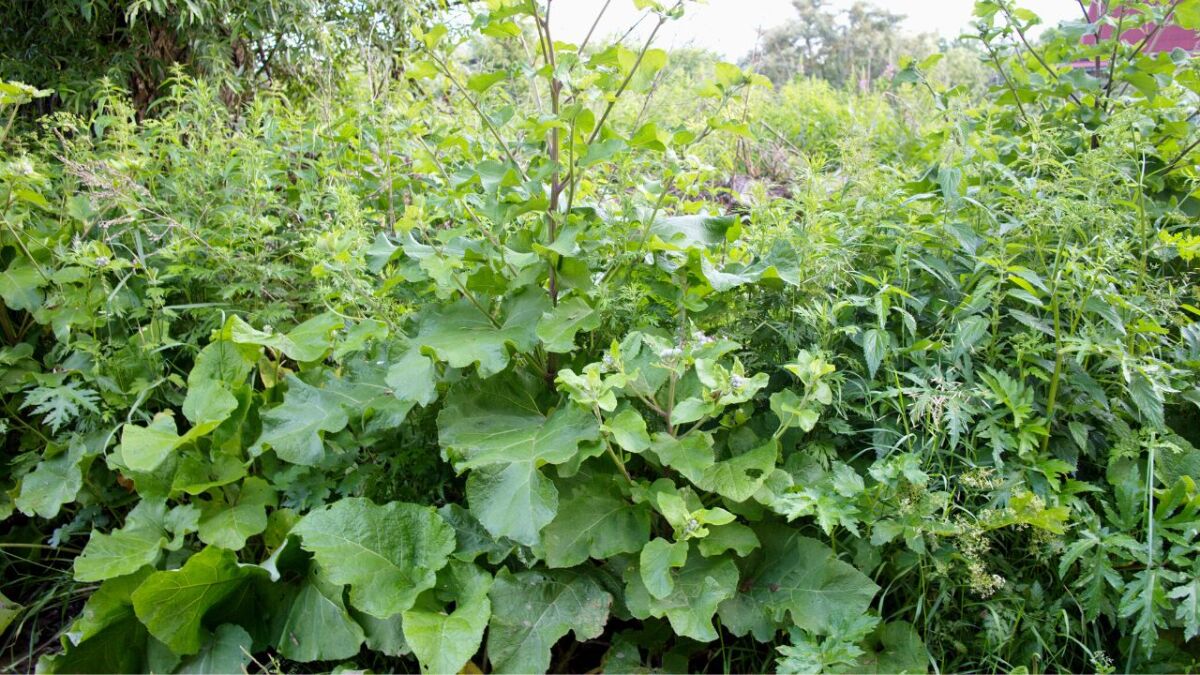
Vegetables for the forest garden
Most vegetable varieties do not thrive well in the forest garden. They lack sunlight and struggle with competition from surrounding plants.
Only a few types of vegetables are worth growing in a forest garden, the rest thrive better in a sunny and intensively maintained vegetable bed.
17. Swiss Chard (Beta vulgaris)
Chard is one of the most resilient vegetables and, thanks to mild winters, can become a biennial or even perennial plant.
To establish, strong young plants are placed in semi-shady areas. Throughout the summer, the outer leaves can be harvested as tasty vegetables.
In late autumn, the final harvest takes place, the fleshy beetroot remains in the ground and is protected with leaves and brushwood.
In spring, the chard sprouts anew and starts to bloom. In summer, it produces countless seeds that reliably self-seed.
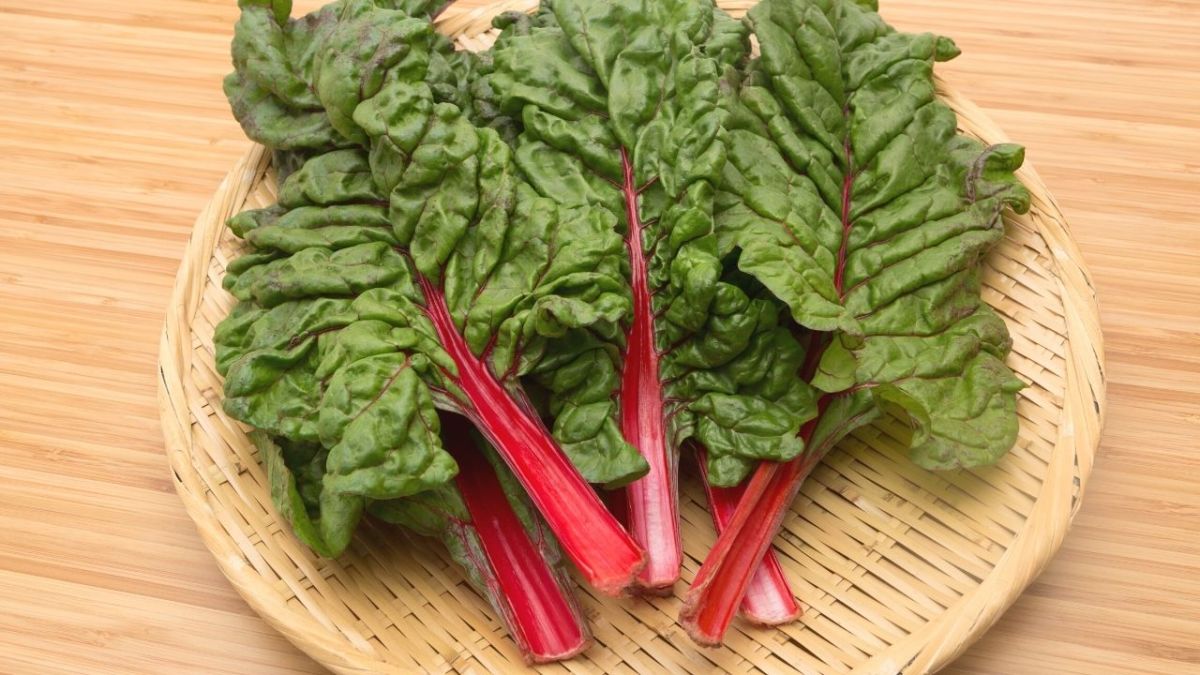
18. Cabbage (Brassica oleraceae)
Some types of cabbage can also grow in partial shade. The sea kale or perennial cabbage is perennial and is well suited for cultivation in light partial shade.
The leaves can be harvested individually as needed. Even head cabbage like red cabbage, butter cabbage or broccoli thrive in the semi-shade of the forest garden if enough nutrients are available.
Especially well suited is the Purple Sprouting broccoli. It is pre-grown in the summer and planted as strong young plants in the forest garden.
The soil is enriched with nutrient-rich compost. The plant overwinters and forms numerous flower buds very early in the year, which are harvested along with the delicate stem and are a popular spring vegetable.

19. Jerusalem artichoke (Helianthus tuberosus)
Topinambur is closely related to the sunflower. In winter, the Topinambur retreats into its rhizome tubers.
They serve as a substitute for potatoes and are high in insulin. The plant grows very bushy and can reach up to two meters in height under good conditions.
There are varieties with a high ornamental value that quickly and abundantly create flowers, while other varieties only produce a few flowers but excel in high tuber yield. The Jerusalem artichoke thrives in all types of soil and tolerates partial shade.
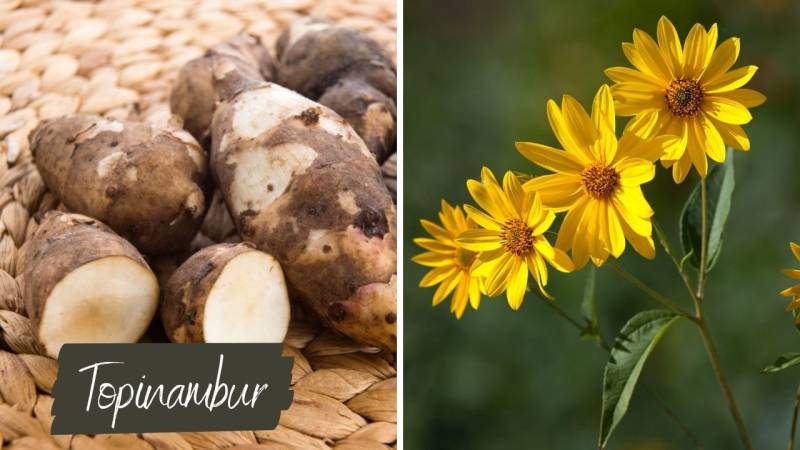
20. Rhubarb (Rheum rhabarbarum)
Rhubarb is traditionally prepared more like a fruit, but it belongs to the vegetable plants.
In the forest garden, it prefers a semi-shady location, but can also cope with shady spots.
The more shade, the thinner the stems become. Since rhubarb plants become very expansive, enough space must be planned.
With occasional compost applications, rhubarb is very long-lasting and healthy.
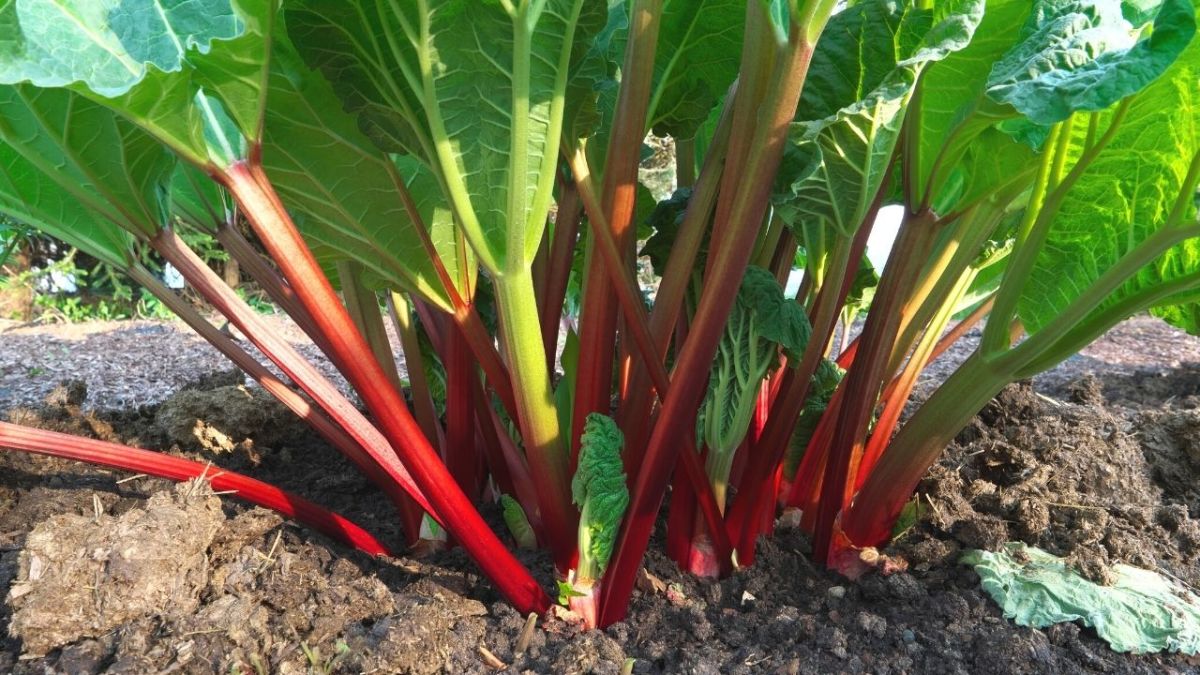
Summary
There are many plants that are perfect for the ground layer in a forest garden and can thrive there.
The herb layer in the forest garden is a diverse layer that changes from year to year. However, there are also challenges such as the growth of dominant wild herbs, which need to be regulated.
The presented 20 plants not only offer a way to preserve biodiversity in the garden, but also tasty and nutritious salad herbs or vegetables.
Overall, this indicates that a successful forest garden is possible with careful selection of suitable plants and can make a beautiful contribution to nature.


Author of the guide
Martin Gebhardt
Hey, I'm Martin. On my blog, you will learn the basics and numerous details about living in the wild. I think survival, bushcraft and the good life in nature are the keys to happiness. Find me here on Instagram or on YouTube. You can find more about my mission on the About Me page.
Was this guide helpful?
18 people found this guide helpful.
5.00 out of 5 points (18 Ratings)
Comments (0)
This post may contain affiliate links. So if you click on the links and make a purchase, I will receive a small commission at no additional cost to you. Click here, to learn more about it.


